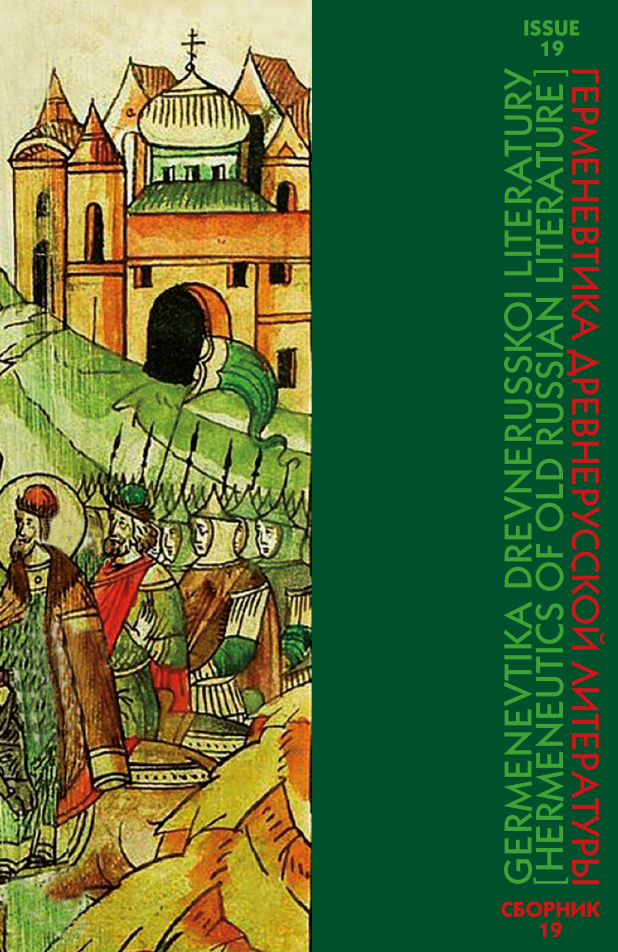Abstract: In the structure of the Tale of Bygone Years the pagan time, when the predictions of the magicians could be come true (death of Oleg the Wise), contrasted with the time of the Christian era, which is presented as an epoch of triumph of the true faith, when all the magicians’ predictions become false. In the Christian time the magicians are put to shame as opposed to their interlocutors-antagonists, who control and create the future. Now the magicians become an object of scoff. The opposition “true magician’s prediction in pagan times – false predictions of the magicians in Christian era” is accompanied in the Tale of Bygone years by correlation of “true magicians’ predictions in pagan times and of true predictions given by (saints) monks of the Christian era”. Which goes alongside with the opposition “false magi-cians’ predictions of the Christian era – true predictions of the monks of the same era”.
The magicians’ predictions in the Tale of bygone years

- Full text:
- Information about the author:
Andrey M. Ranchin – DSc in Philology, Assistant Professor, Professor of the Department of History of Russian Literature at the philological faculty at Lomonosov Moscow State University; Lomonosov Moscow State University, Leninskie gory, 1, the 1st corpus of humanitarian faculties, 119991 Moscow, Russia.
Е-mail: aranchin@ mail.ru
- For citation:
Ranchin A. M. The magicians’ predictions in the Tale of bygone years. Hermeneutics of Old Russian literature: Issue 18 / А.M. Gorky Institute of World Literature of the Russian Academy of Sciences; ex. ed. О.A. Tufanova. Мoscow, Berlin, Directmedia Publishing, 2019, pp. 307–324.
DOI: 10.23681/500155 (In Russ.) - DOI: 10.23681/500155
- Keywords: The Tale of Bygone Years, the plots with the magicians’ predictions, the opposition of paganism and Christianity, structure of the text.





